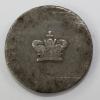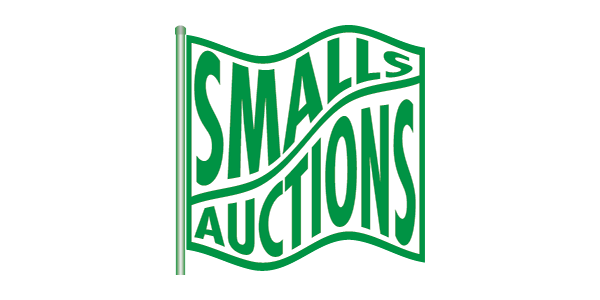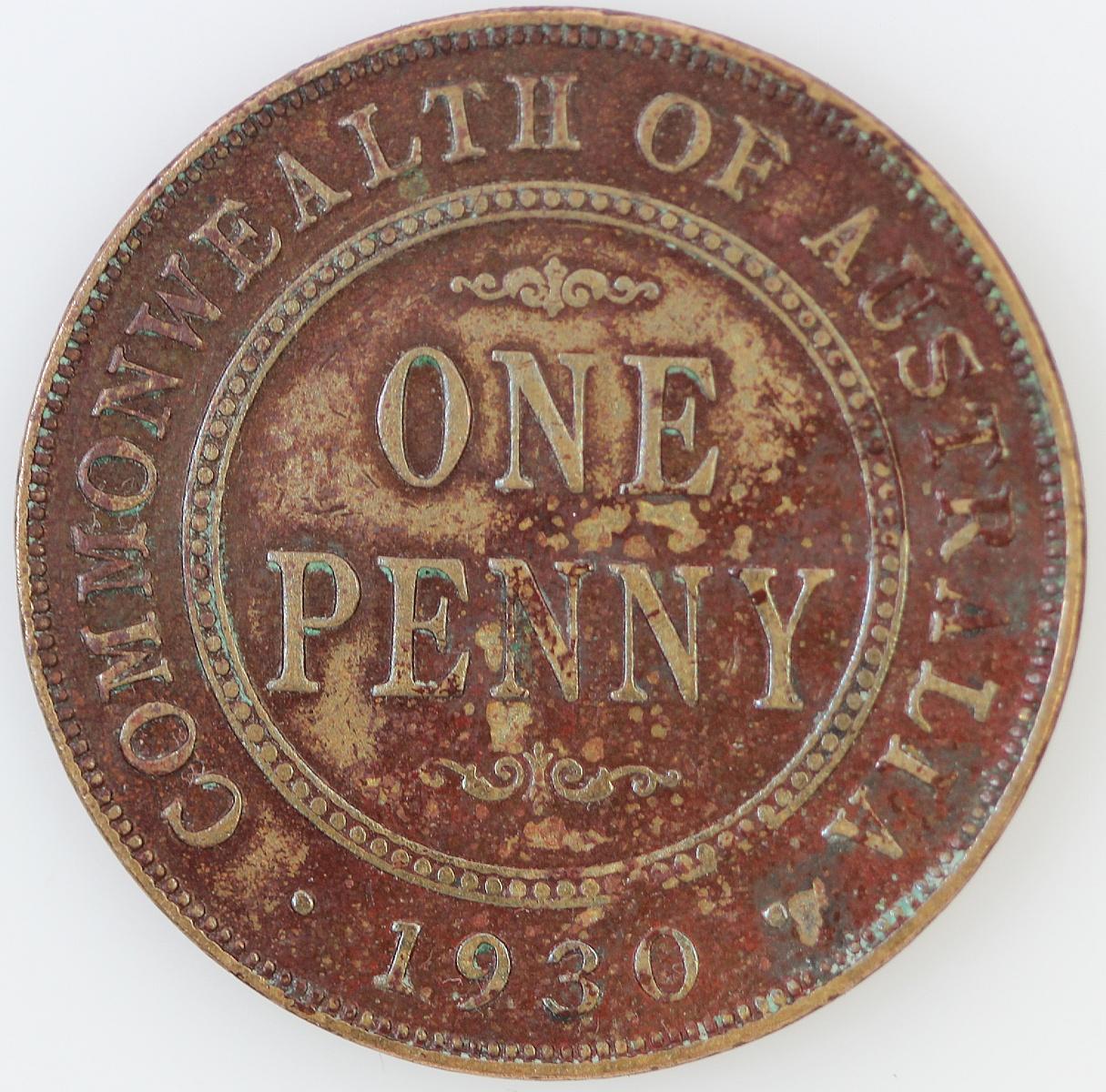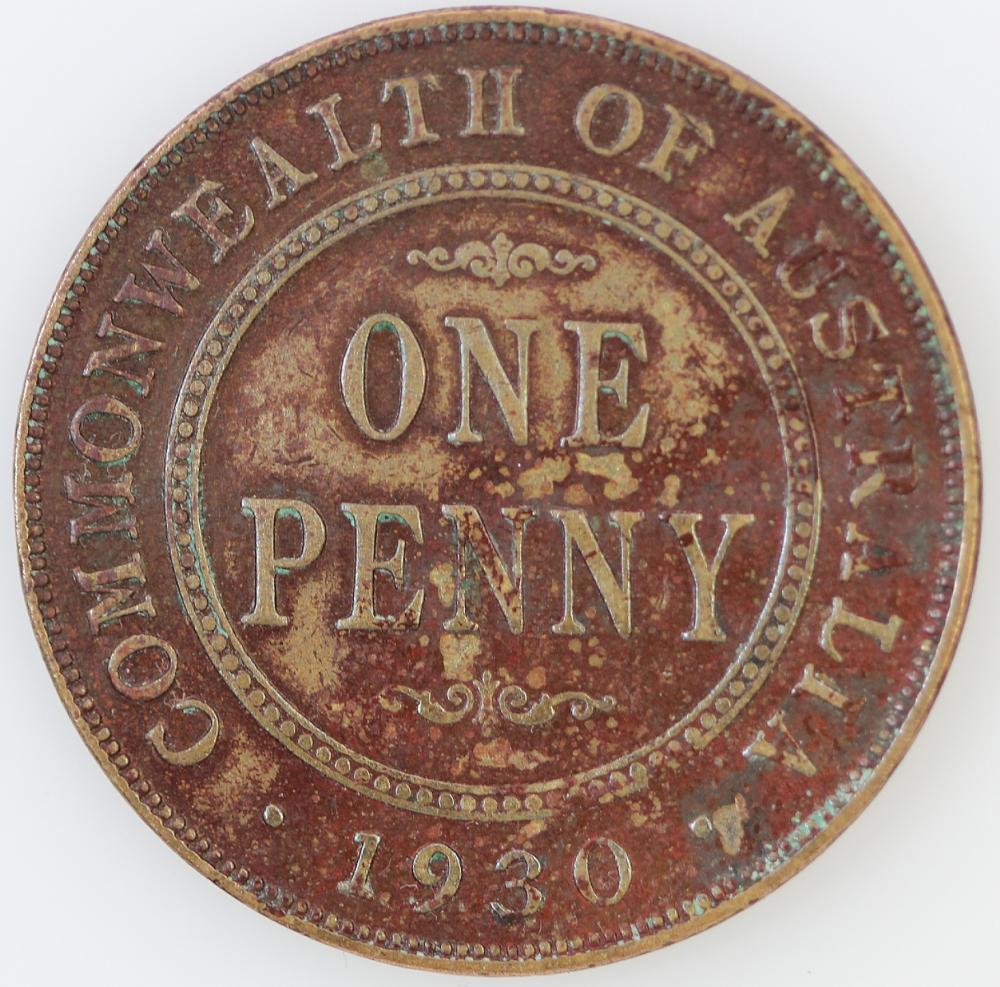Lot 2


Key date
-
Exhibited:
- Coins, Australia & New Zealand Literature:
- Coins, Monies & Stamps Medium:
- 355 Circa:
- Collectibles Notes:
- With the Great Depression taking hold, the Melbourne Mint received no orders from Treasury to strike 1930-dated pennies for circulation. However, in July of that year three 1930 penny reverse dies were struck most likely from a 1929 master tool for the intended purpose of striking specimens. The Melbourne altered 1929 reverse with its similar florid legend appears to be the source of the 1930 reverse rather than the long championed 1923 reverse which has flat based lettering. On August 13, 1930 twelve specimens were produced using one of these reverse dies, which was allied with an 'Indian' obverse die sourced from a fresh master tool that had been sent directly from London in 1922. No further pennies were struck by the Melbourne Mint in 1930 and it was not until August of the following year that the three 1930 reverses along with both English and Indian obverse dies were utilised for experimental purposes. Production from these dies is recorded as nil thousands, i.e. less than 1,000 coins per die which even then appears grossly overstated regarding the English obverse type of which only three surviving examples have surfaced. Evidence suggests that only one bag of blanks was used which could have produced 2,400 coins. However, if it is assumed that the two dies allied with Indian obverses produced under 1,000 coins each and an insignificant number of coins were struck using the English obverse, then the mintage of the 1930 penny must be well under 2,000. The common consensus is that around 1,500 coins were struck in total although this cannot be proved or disproved and this figure may still be an overestimation. As there were no counters on the coin presses, the annual coin production figures were at best rudimentary being deduced by a count of the number of bags of blanks used. For the stocktake, it was also the common practice for small runs of coins struck for experimental purposes to be returned to an open bag of blanks so that they would be included in the count. It is therefore probable that through the disbursement of the bag containing the experimental 1930 pennies, Australia's best-known rarity made its way into circulation and first came to the notice of collectors in the 1940s. There are enough penny blanks found in circulation to support the theory that bags containing a mixture of blanks and struck coins were on occasion inadvertently released. Condition:
- Surface corrosion evident on reverse
Accepted Forms of Payment:
American Express, MasterCard, Money Order / Cashiers Check, Paypal, Visa, Wire Transfer
Shipping
AUSTRALIA: Purchases within Australia will be charged a MINIMUM SHIPPING FEE of $5.50 and will be sent by Registered Post. Additional insurance is optional at the buyer's expense.
INTERNATIONAL: Overseas purchases will be charged a MINIMUM SHIPPING FEE of $20.00 and will be sent by Registered Post International. Additional insurance is optional at the buyer's expense.
Both Australian and International packages are traceable in transit and require a signature on delivery.
Smalls Auctions
You agree to pay a buyer's premium of up to 20% and any applicable taxes and shipping.
View full terms and conditions
| From: | To: | Increments: |
|---|---|---|
| A$0 | A$249 | A$5 |
| A$250 | A$999 | A$10 |
| A$1,000 | A$4,999 | A$25 |
| A$5,000 | A$9,999 | A$50 |
| A$10,000 + | A$100 |





